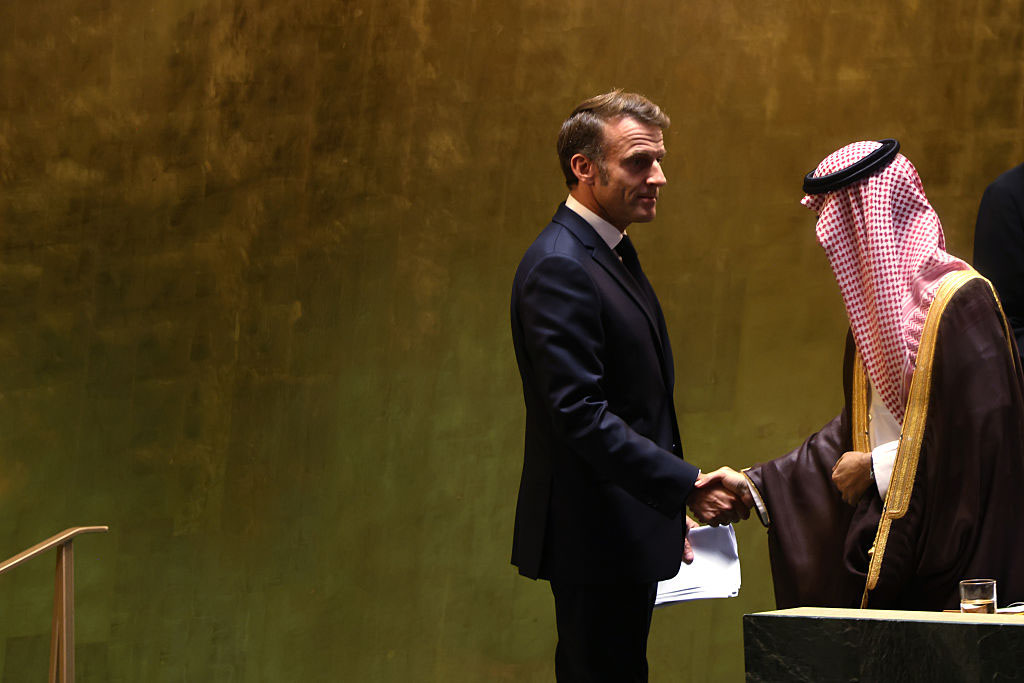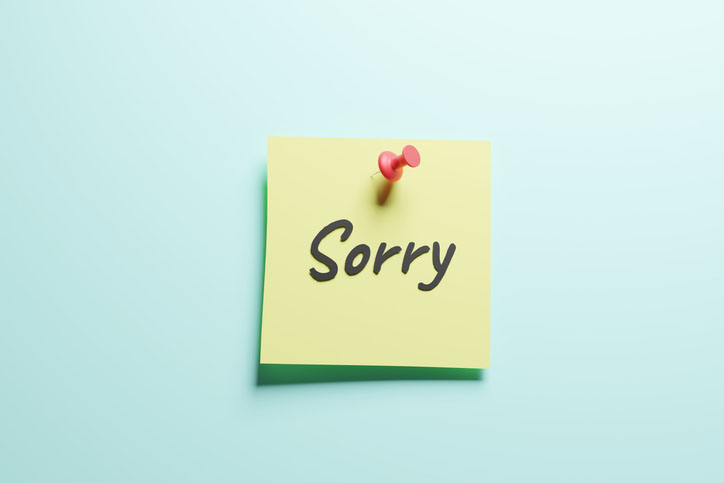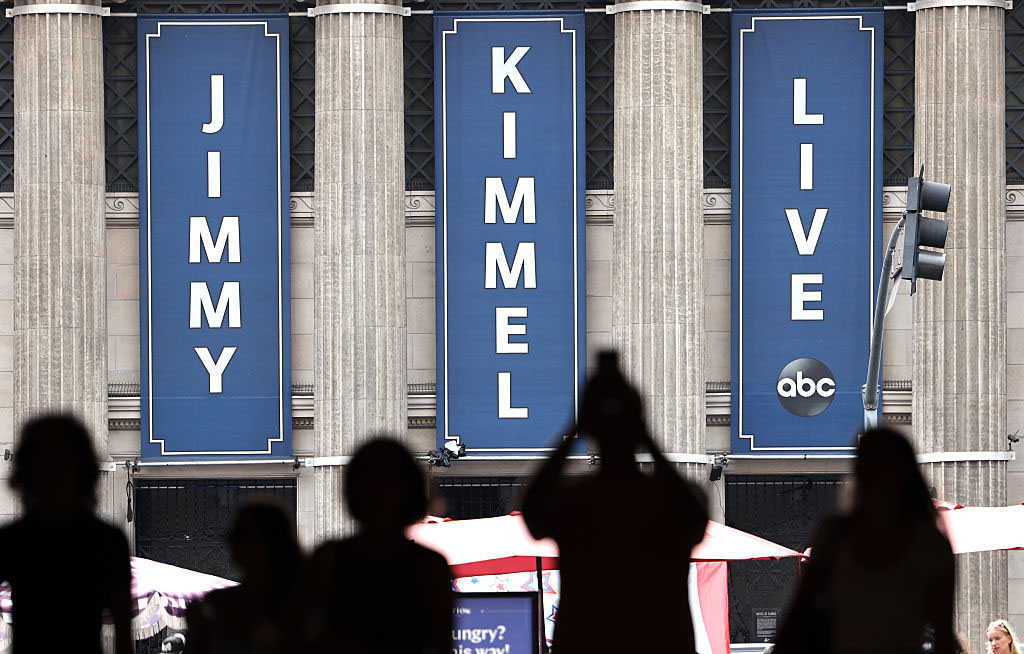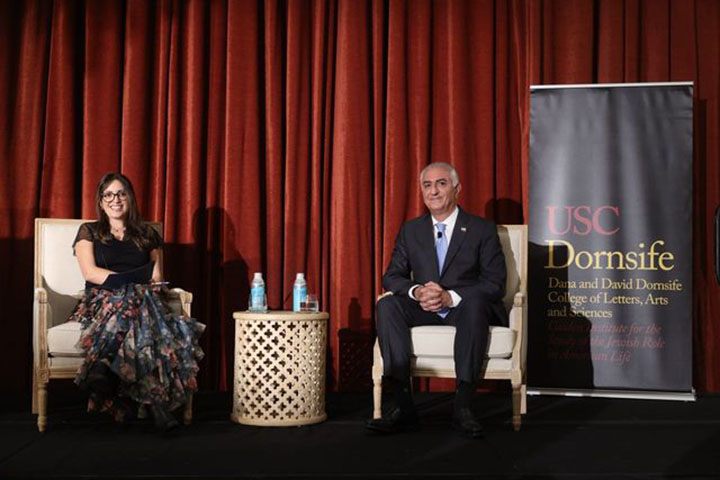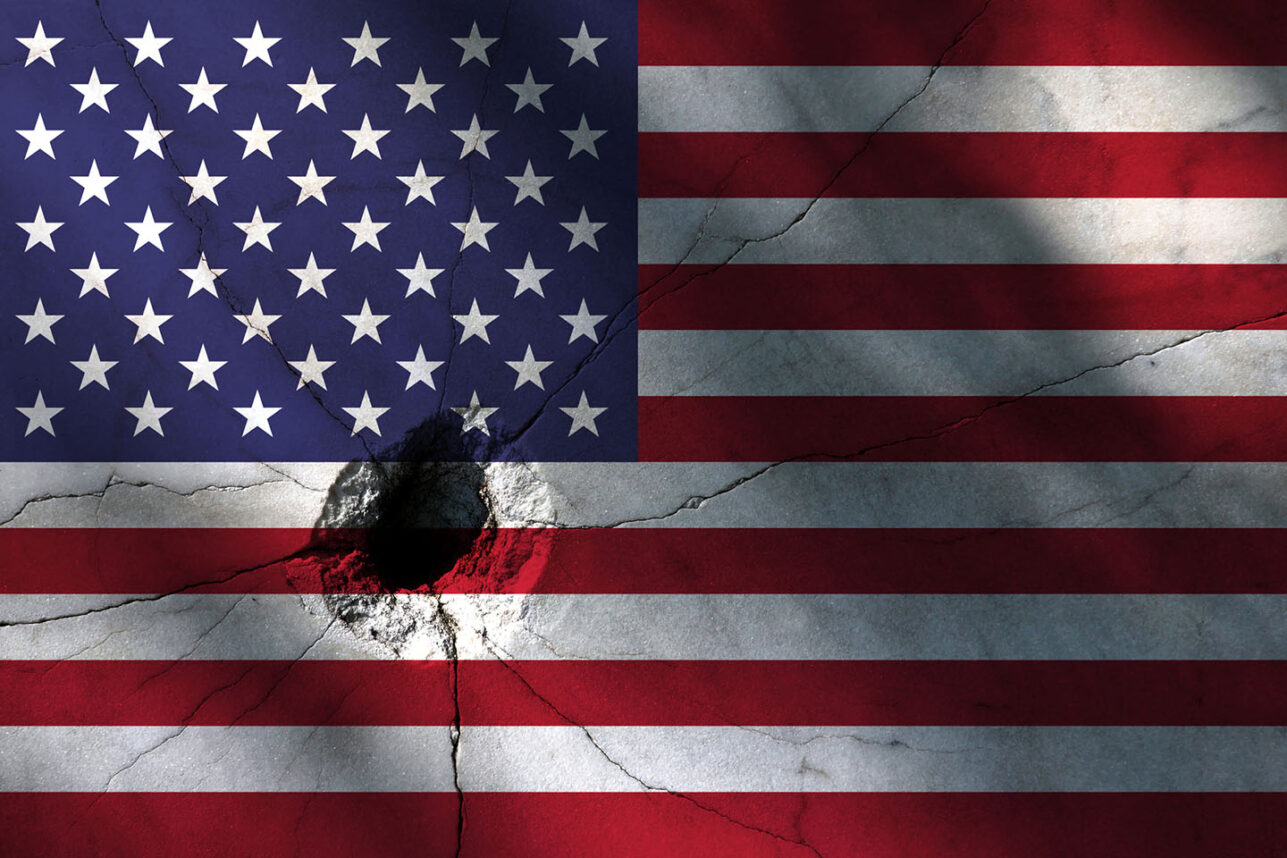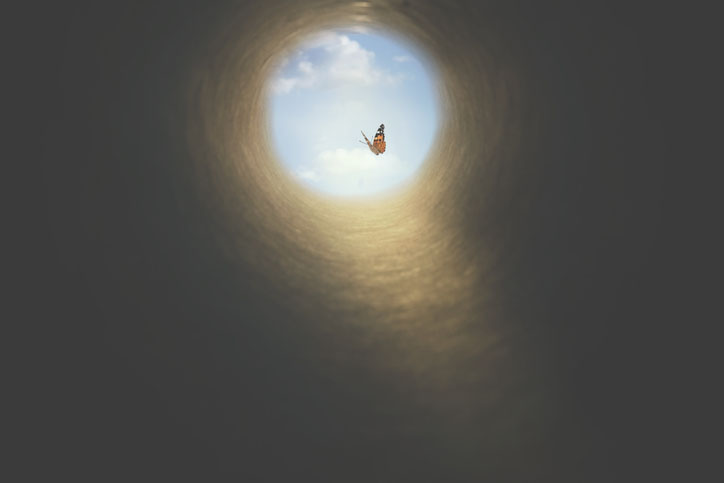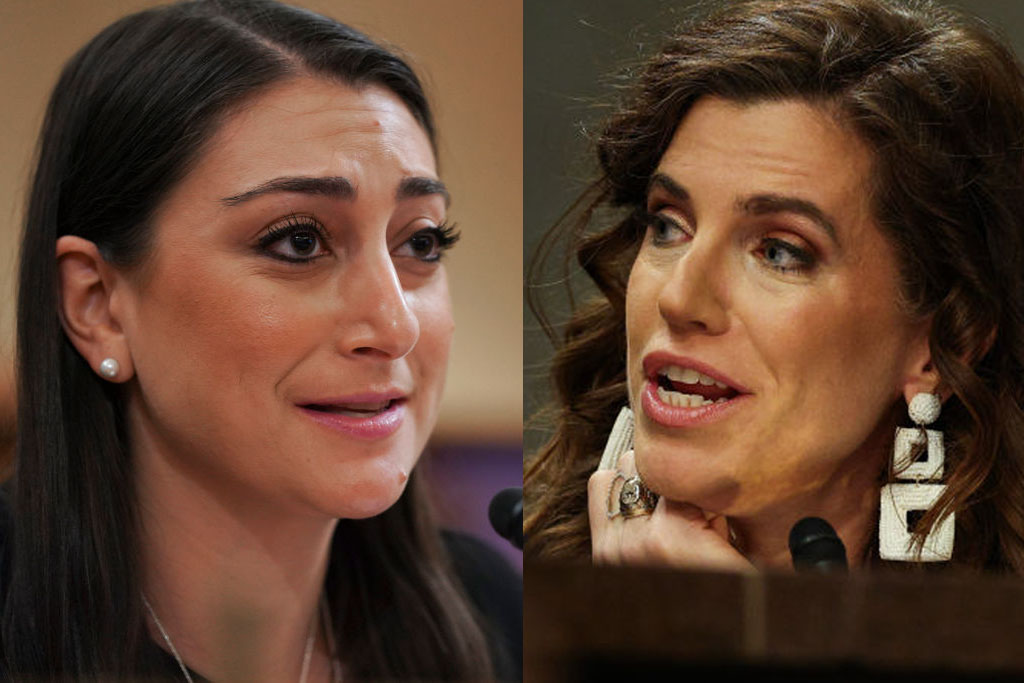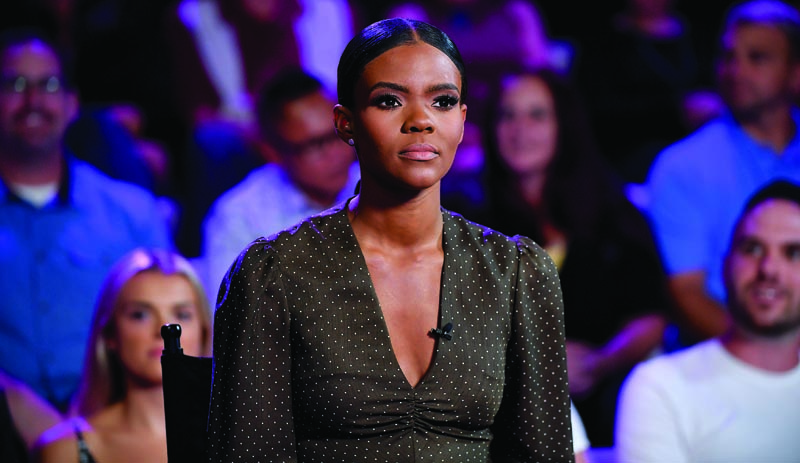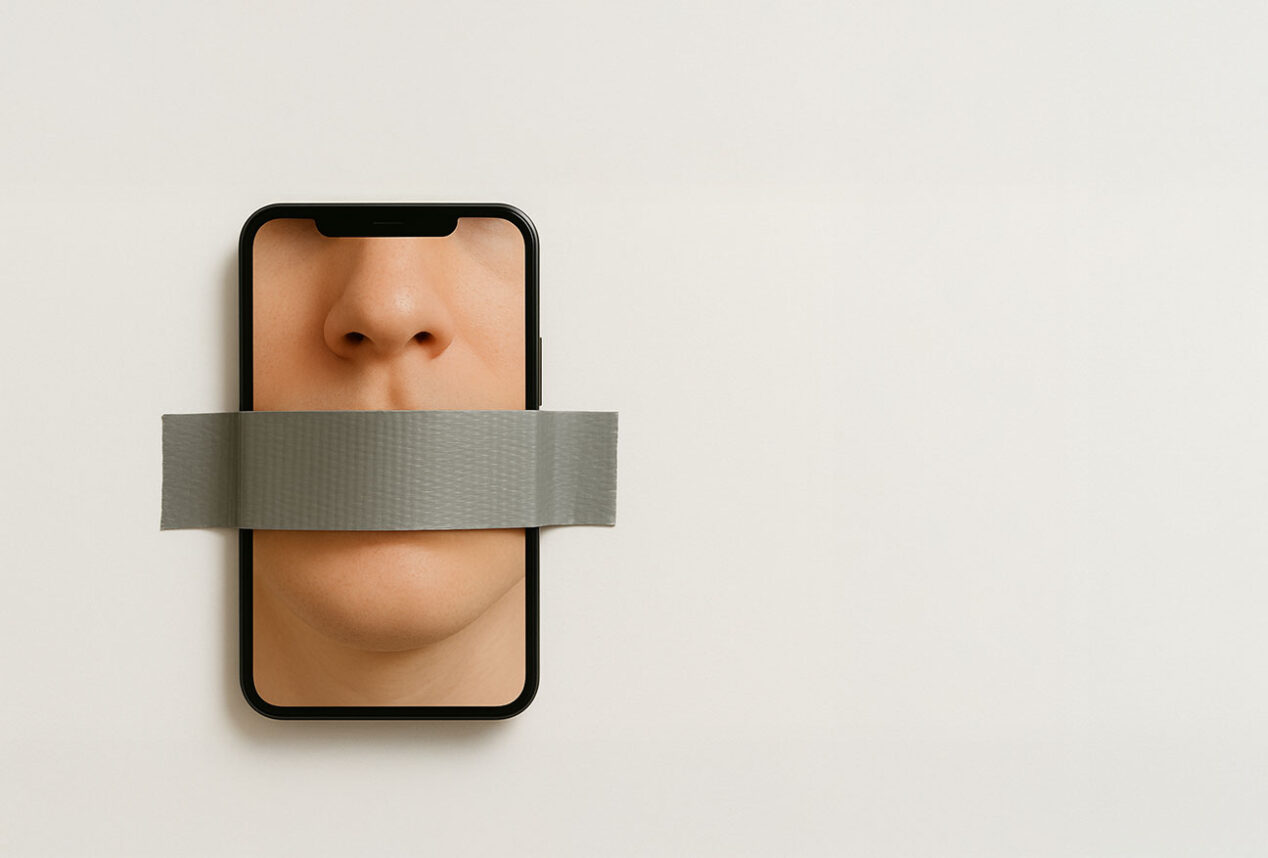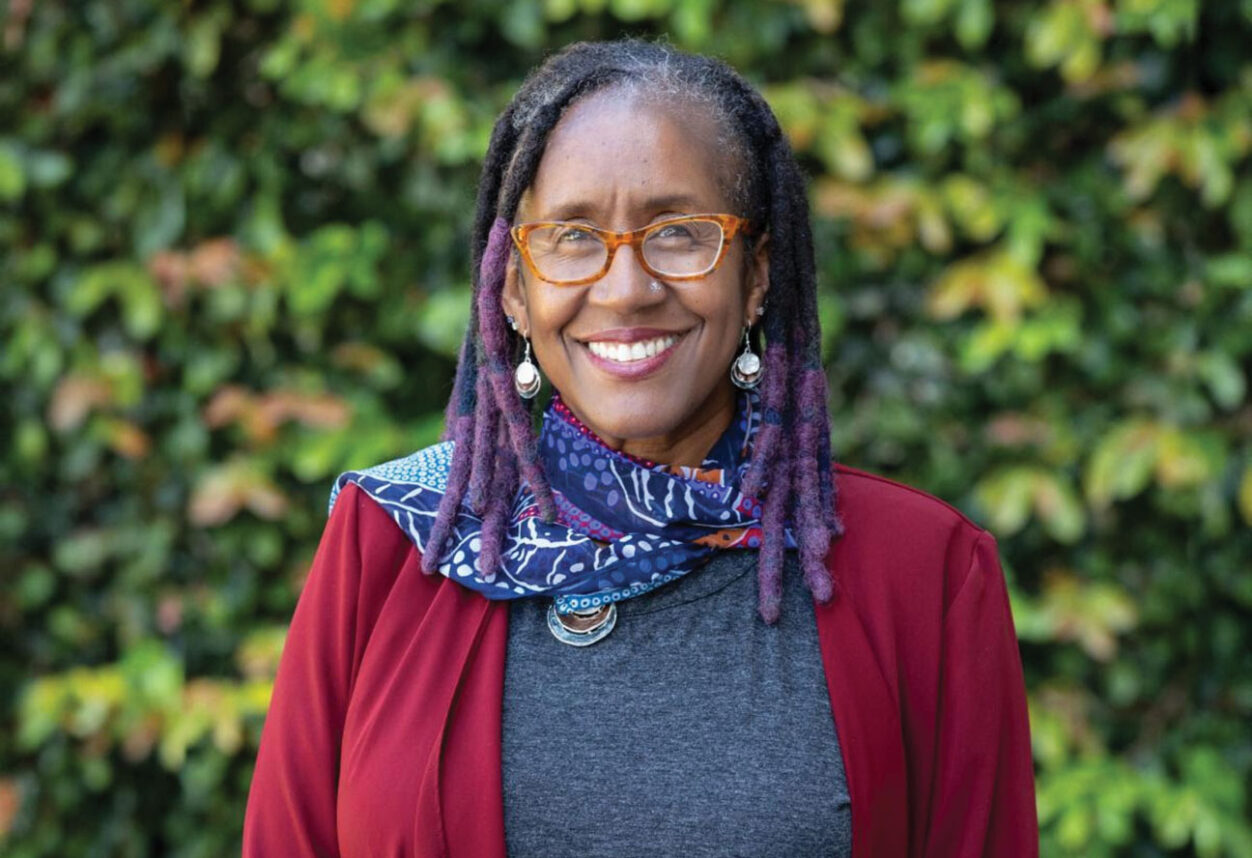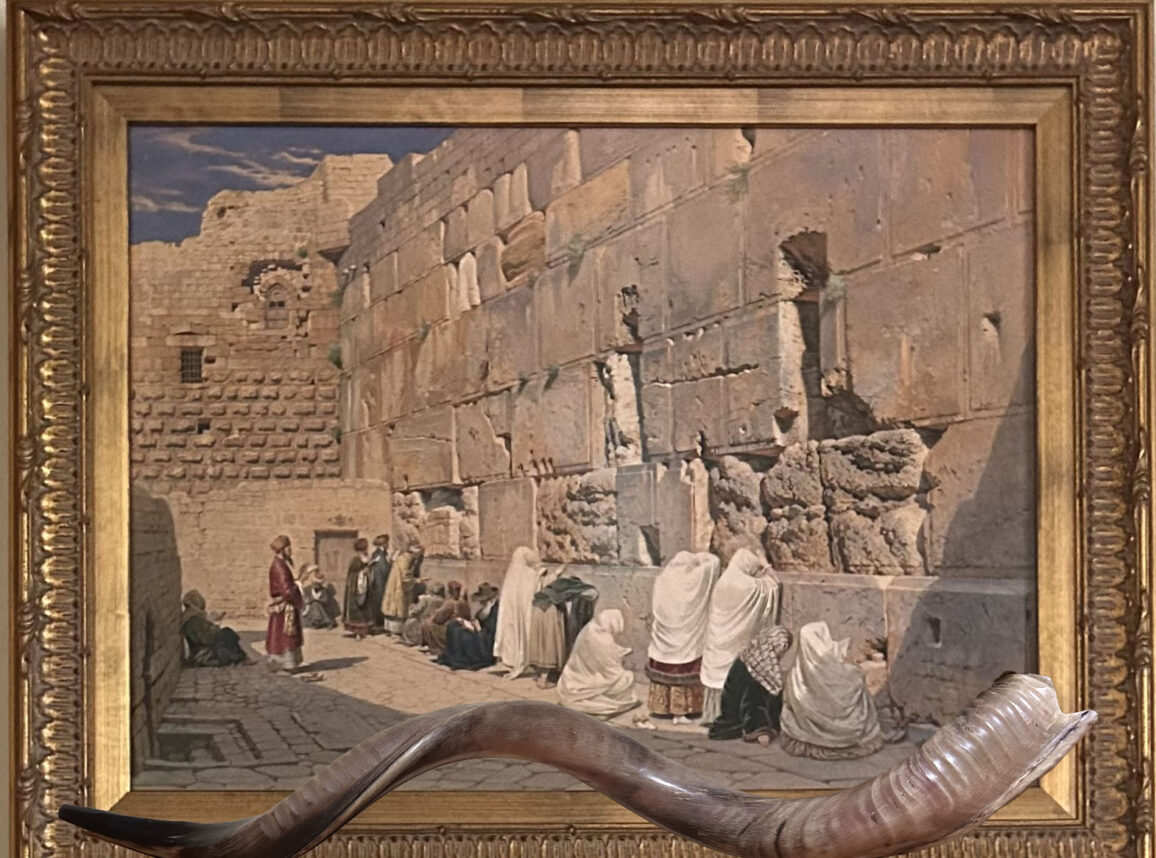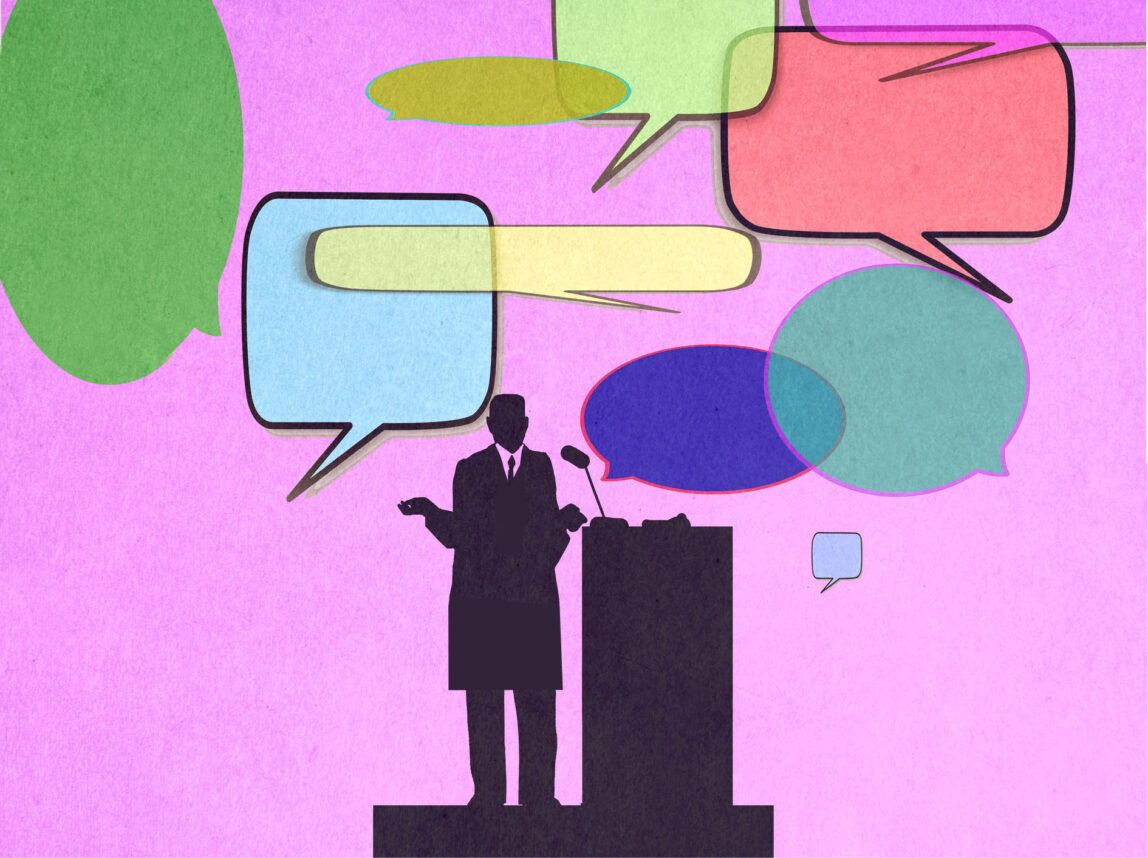
Two-and-a-half years after the opening of The Academy Museum, an exhibit dedicated to the Jews who invented Hollywood finally opened. And “Hollywoodland: Jewish Founders and the Making of a Movie Capital” is a colossal flop. There was plenty of time to come up with an exhibit on Hollywood’s origins and the Jews who fled persecution and created the scene.
A quick overview of the exhibit:

You enter the exhibit through a glass door to a room in the middle of the museum’s third floor. To the right is a relief map of Los Angeles with some geographic history of where these studios were located, plus a few other landmarks. It’s big, bright and incredibly unengaging.

It’s made clear on the displays that several of the Jewish studio heads who shaped Hollywood were like so many other captains of industry during their time — successful but not exactly decent humans.
Front and center of “Hollywoodland” is a wall of eight displays about the major film studios from the early 20th century. The wall is broken up into eight parts: Paramount, Columbia, RKO, United Artists, Warner Bros., Universal, Metro Goldwyn Mayer, and Fox. The big bold names you see at the new Hollywoodland exhibit are well … boring. It’s made clear on the displays that several of the Jewish studio heads who shaped Hollywood were like so many other captains of industry during their time — successful but not exactly decent humans. Their successes and shortcomings are succinctly written, and seem to be intended as a lament of unfair and harmful labor practices — again, not unique to the Jewish community’s business leaders of the era.

To the left is a small, dark screening room showing a 30 minute video term paper about the complicated history that the exhibit intends to show. It’s titled “From the Shtetl to the Studio: The Jewish Story of Hollywood” and is narrated by Turner Classic Movies’ Ben Mankiewicz (the grandson of screenwriter Herman Mankiewicz). The space is fit for about 10 people to watch comfortably.
The “Hollywoodland” exhibit has not been well-received. It was scorned by critics and several petitions against it have circulated. One petition, “Letter Concerning Double Standards in the Academy Museum Jewish Founders Exhibit” summarized the grievances quite aptly:
“We wish to express our extreme disappointment in, and frustration with, The Academy Museum’s Jewish Founders exhibit. Using the words ‘tyrant,’ ‘oppressive,’ ‘womanizer,’ ‘predator,’ ‘offensive,’ ‘racial oppression,’ ‘nepotism,’ and ‘prejudices’” it is the only section of the museum that vilifies those it purports to celebrate. While we acknowledge the value in confronting Hollywood’s problematic past, the despicable double standard of the Jewish Founders exhibit, blaming only the Jews for that problematic past, is unacceptable and, whether intentional or not, antisemitic. We call on the Academy Museum to thoroughly redo this exhibit so that it celebrates the Jewish founders of Hollywood with the same respect and enthusiasm granted to those celebrated throughout the rest of the museum.”
LA Magazine published several points of contention from Jewish advocates and film industry folk. Among them: the location of the exhibit within the museum, there’s little mention of the technological innovations by Jewish folks behind the camera, it’s small, there’s too much focus on the Jewish studio heads’ business savvy and unlikable temperaments.
It’s true, Columbia Pictures Corporation founder Harry Cohn was not a great guy. Yes, he openly lauded Italian Dictator Benito Mussolini. Metro-Goldwyn-Mayer co-founder Louie B. Mayer wasn’t a decent person either (look up his name and actress Judy Garland on Google). But the story of the Jews who invented Hollywood doesn’t begin and end with the c-suite dudes at the biggest studios.
Still, two-and-a-half weeks after “Hollywoodland” opened to the public, the Academy Museum issued a statement responding to the brooding criticism: “We are proud of all our exhibitions at the Academy Museum of Motion Pictures, including Hollywoodland: Jewish Founders and the Making of a Movie Capital. Our goal with the exhibition is to celebrate the founding of the U.S. film industry and understand what motivated and drove these individuals to create it. We are listening, as some members of the Jewish community have come forward to express some concerns, and are looking at how to address those concerns best while continuing to share an authentic understanding of these complex individuals and the time they lived in. As part of this process, we are continuing to engage with the community members who have come forward with constructive feedback and welcome these conversations. We hope to move quickly and thoughtfully in this process.”
A week later on June 10, the Academy Museum issued another statement acknowledging the criticism of the Hollywoodland exhibit: “We have heard the concerns from members of the Jewish community regarding some components of our exhibition Hollywoodland: Jewish Founders and the Making of a Movie Capital. We take these concerns seriously and are committed to making changes to the exhibition to address them. We will be implementing the first set of changes immediately — they will allow us to tell these important stories without using phrasing that may unintentionally reinforce stereotypes. This will also help to eliminate any ambiguities. In addition to these updates, we are convening an advisory group of experts from leading museums focused on the Jewish community, civil rights, and the history of other marginalized groups to advise us on complex questions about context and any necessary additions to the exhibition’s narrative. We are deeply committed to telling these important stories in an honest, respectful, and impactful way.”
As they say in the film and television industry development Hell, I have notes. Author Neal Gabler’s book “An Empire of Their Own: How the Jews Invented Hollywood” was clearly the primary citation for the Hollywoodland exhibit, and that’s not a bad thing. I don’t claim to know exactly where to put each of the early Hollywood Jewish influencers on a decency scale. And I’m not saying that this exhibit should be the “Early Hollywood Jewish Hall of Fame” either. But as a Jewish, life-long museum-lover and a film geek that writes for a Jewish newspaper in Los Angeles, I have a few suggestions for a much-needed reboot of the Hollywoodland exhibit.
Five Ways To Improve the Hollywoodland Exhibit
1: More focus on the Jewish actors and actresses of early Hollywood.
Were the actors and actresses the founders of Hollywood? No, but when people think of Hollywood from this era, they picture Hollywood’s original superstars, and they’re much more interesting than the studio heads.
Between 1929 and 1949, the first 20 years of the Academy Awards, ten Jewish actors and three Jewish actresses were nominated for best leading role. Fourteen times during that time span, a Jewish Actor was nominated, eight times for a Jewish actress. After supporting actor and supporting actress awards were introduced at the Ninth Academy Awards in 1937, five Jewish actors and three Jewish actresses were nominated for the award before 1950. Several of them fled Europe with nothing, yet absolutely crushed it on screen. Let’s hear about them.
2: Make a long, visual timeline.
You don’t have to ignore the cultural and societal strife, but put the changes in the context of the films that were being released at the time. Every ten years, tell us how many people lived in Los Angeles. For each year starting in 1929, tell us which film won Best Picture and was the highest grossing at the box office. And regardless of the layout of the space, and how the timeline is designed, please make the timeline begin on the left and have it end around 1950 on the far right of the space.
As for the content of the timeline, I’ll outline it for you with a couple of questions:
Late 1800s: What caused the massive Jewish immigration to the United States? Why were the Jews relegated to working only in certain types of arts? Tell us about what antisemitism is.
1900-1910: What did the founders of the big eight studios do when they first arrived? What technology is emerging? What kinds of “low-class” film and theater did the Jewish actors and actresses start doing? What is vaudeville anyways?
1910s: Major studios form. World War I breaks out. Spanish Flu pandemic. Prohibition. Women’s suffrage. That’s a busy decade. What’s happening in Hollywood?
1920s: “The Golden Age of Hollywood.” Who are the big stars? Who was seeing films? Who were the American antisemites who stood in the way? Tell us about milestone firsts in film.
1930s: Rise of fascism in Europe. World War II breaks out. Studio system solidifies. Somehow, “The Wizard of Oz” happens at the end of the decade.
1940s: How does the film industry survive during World War II? Let’s hear about the House Un-American Activities Committee investigations and blacklisting of many Jewish artists. Somewhere halfway in between, mention “It’s a Wonderful Life.”
3: Captivate us with the technological innovations made by Jews.
According to the museum’s press release, there are 145,000 production and costume design drawings, and 8,000 props, process and production items in the Academy’s collection. Let’s see a few of the filmmaking tools that were invented by crafty Jewish innovators. What filmmaking problems did the early technology solve? What were the inventors doing for their day jobs? Everything in that primitive process we 21st century folk can do with our smartphones.
4: Make a map of Europe, showing where Jewish filmmakers, studio heads, and actors lived and worked pre-exodus to Hollywood.
Give us a big map (or several regional maps) of all the places where so many of the early Jewish Hollywood movers and shakers came from. Compliment it with explanations of what was going on in Europe to help visitors understand why so many Jews fled to the U.S. — whether for Hollywood or elsewhere. Stand in the lobby of the Academy Museum for a few minutes and you’ll hear languages from all over the world. Teach them something about their own backyard. Tell us about what life was like over there during that time if you were Jewish.
Also, put the existing giant relief map somewhere else. I am a huge nerd for maps. But even I think the giant relief map takes up too much space that can be better used to tell the Jewish stories from early Hollywood.
5: Keep in mind, this isn’t just for entertainment.
If you’re on the committee that is tasked with rebooting the Hollywoodland exhibit, go be a tourist in a museum or Hall of Fame. Think of your favorite museums you’ve ever been to — the fascinating, the entertaining, and the morbid — think of what you remember from the first time you went. Go back and visit them if you can.
You can stick with the facts while still creating a balance between the inspiring and the downright shameful when creating a museum. For every nasty Harry Cohn, there were many many more kind generous Jack Benny’s. Like any marginalized group trying to make it in a new place, some of our people made history while also leaving a shameful legacy. But there’s always going to be many more of us who left a positive dent in the world. A museum is a place where you can learn about both.
When the Academy Museum opened in 2021, it felt like a celebration of film in Los Angeles at an affordable price (unlike the studio tours) and in a clean environment (unlike the Hollywood Walk of Fame). I wrote two articles in the Journal about how much I learned and how much I was excited to tour it with my family members living outside of California. I saw what was missing at the Academy Museum and I excused it. With a new museum, similar to a new restaurant, the first few weeks (and sometimes months) can be ripe with missteps, poor taste and just plain old things that you can’t prepare for prior to the unwashed masses visiting. At the Academy Museum, the Jewish origins of the film industry in Los Angeles were an omission that, sad to say, was not obvious to everyone.
If you have an idea, put it out in the world. Crowd-sourcing the design might be the way to go for the reboot. After all, it was a public design competition that led to the Vietnam Veterans Memorial in Washington, D.C. The winning design was created by a 21-year-old college student, Maya Lin. The design was selected from a pool of 1,432 submissions. The Academy Museum might need that many to get the Jewish history of early Hollywood right.
I’m rooting for this exhibit to be better, because I know it can be better.














